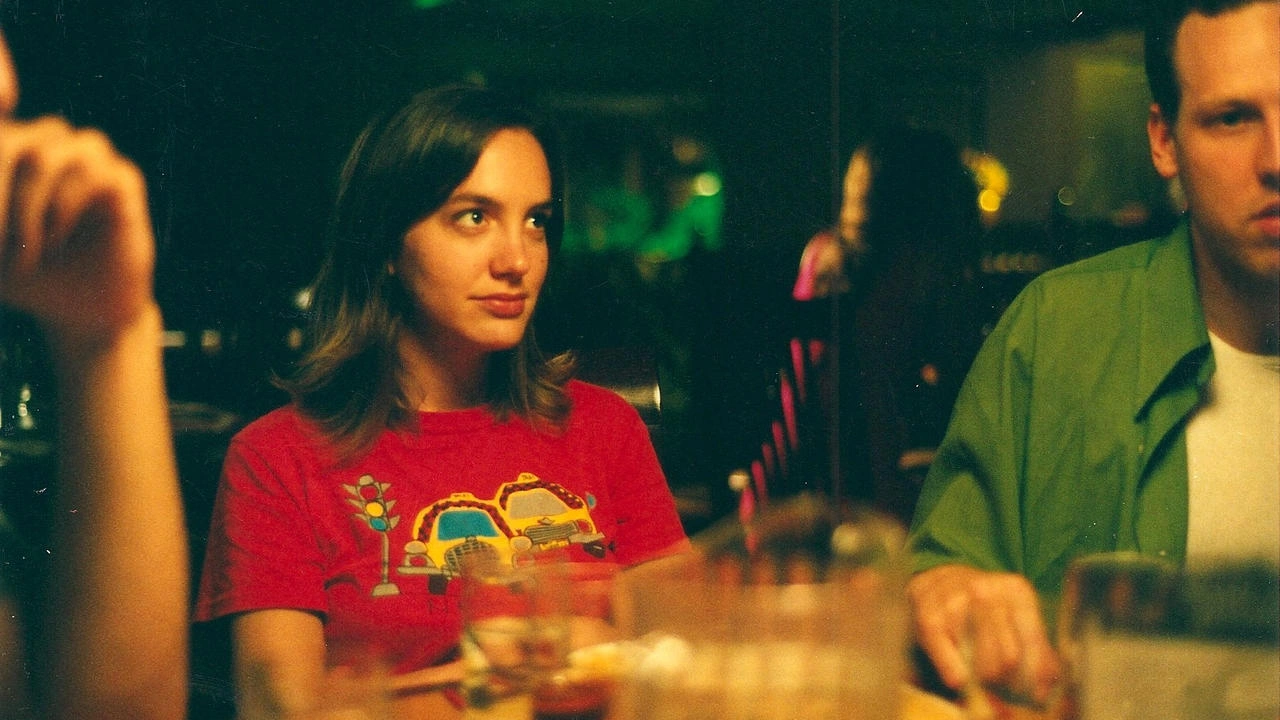Table of Contents Show
You may find yourself unfamiliar with this particular sub-genre of independent film that began at the start of the new millennia, and you may assume you’ve never watched anything remotely related to mumblecore — a genre so unimposing it’s not even capitalized. However, if you are a fan of up-and-coming director Greta Gerwig, the Duplass Brothers, or even Lena Dunham, then you have seen your fair share of mumblecore-influenced cinema.
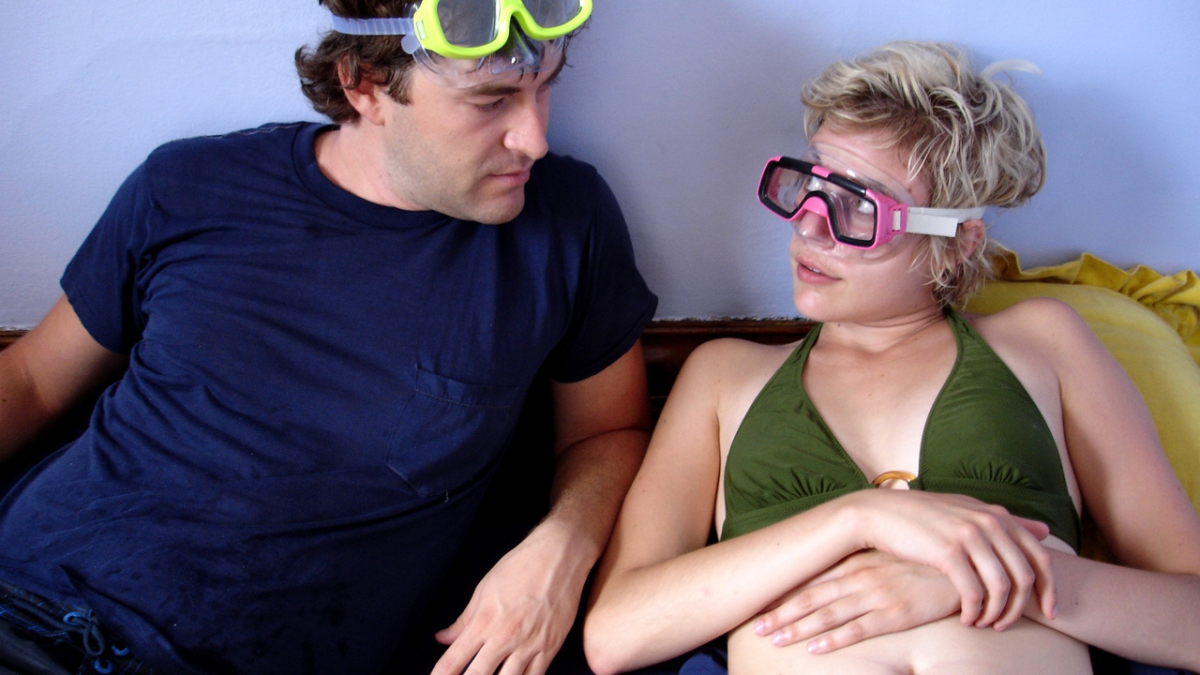
Many of the directors associated with the movement, including those previously mentioned, reject the term mumblecore. Andrew Bujalski, whose directorial debut Funny Ha Ha (2002) was said to have spearheaded the movement, argues that he does not intentionally make mumblecore films. (( Gilbey, Ryan. “Mumblecore: ‘It was never a unified movement. There was no manifesto.’” Theguardian.com, 2013. Accessed 25 March 2023. ))
Mumblecore is inherently iconoclastic which is in no way new to the independent film genre. Film students who find their way into the sub-genre eco themes of French New Wave and the spirit of the Dogme 95 manifesto which calls for directors to reclaim their power as artists from corporate studios. For this reason, the genre is fundamentally associated with shoestring budgets, non-professional actors, and dialogue-driven scenes that emphasize their characters’ internal struggles.
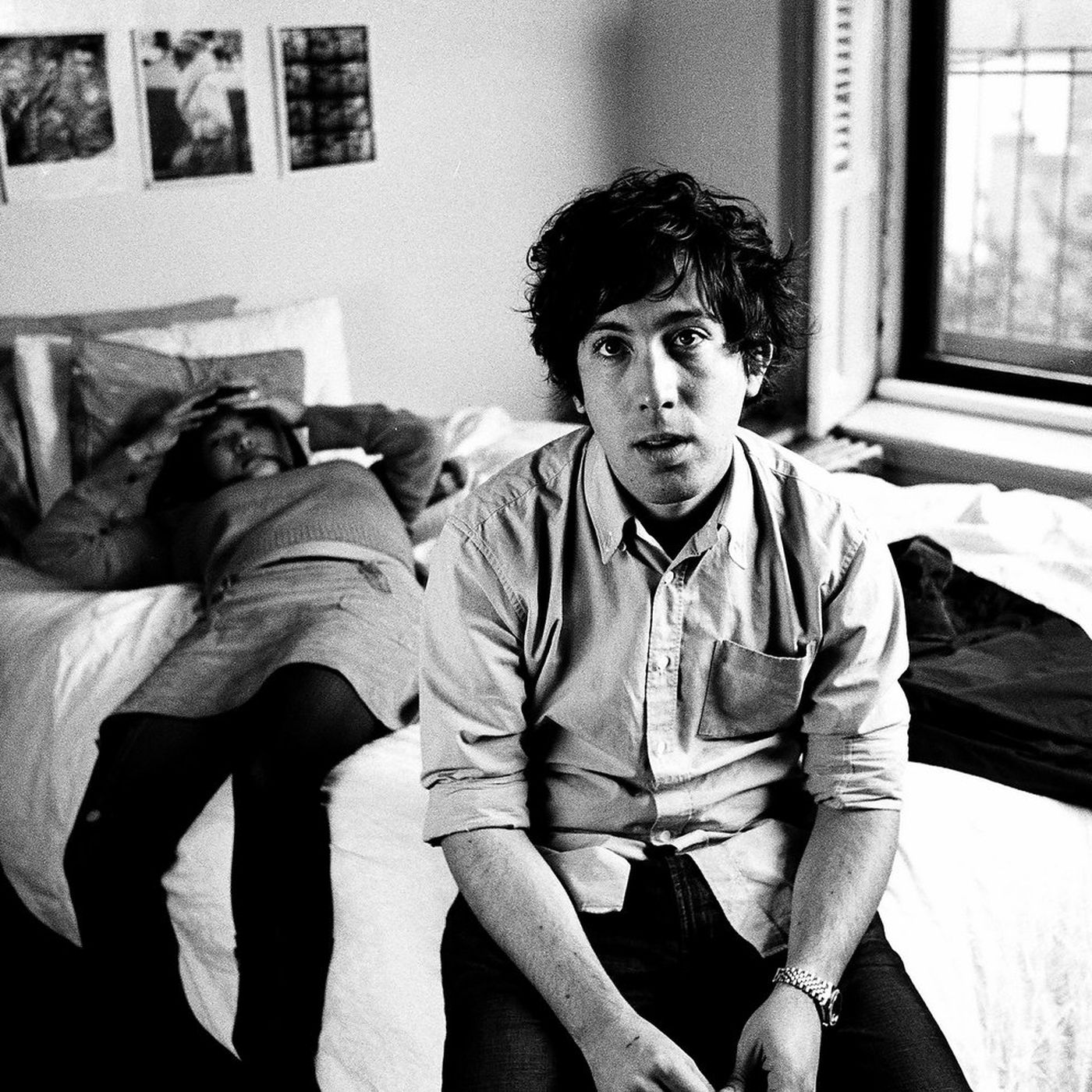
After 2010, when the filmmakers who initiated the genre began filming with larger budgets and utilizing studio conventions, many critics declared the movement over. However, this did not stop subsequent filmmakers from relying on mumblecore for their directorial debuts; nor did it prevent established directors from making their own mumblecore films. Mumblecore and all its predecessors will forever exist as indispensable genres, destined to resurrect the art of filmmaking from capitalist movie moguls.
What Makes It Mumblecore?
Mumblecore is not an organized genre with a manifesto or any delineated regulations. The genre is more accurately defined by what the film is lacking: an extensive budget, professional actors, and a studio to film in. Generally, mumblecore films consist of a combination of these characteristics.
- Low budget (usually under $100k);
- Filmed with handheld cameras (usually digital, sometimes film);
- Filmed on location (no extras, no studio);
- Naturalistic acting and dialogue (sometimes improvised);
- Character-driven (with an emphasis on dialogue over plot);
- Non-professional actors (usually cast and crew overlap).
During the mumblecore movement and the independent film renaissance of the early 2000s, these characteristics helped generate ingenuity and authentic realism. Proving that intriguing and inspiring filmmaking does not only come from deep pockets. But what triggered this movement toward DIY filmmaking? Joe Swanberg, the director behind fourteen mumblecore features, attributed it to his generation’s upbringing with encroaching technology.
“We grew up in the age of the home video. We’re used to having our lives documented at every stage. Reality TV shows are an extension of that, and this is the next stage. Like the home movie you actually want to watch.”
(( Herbert, Andrea. “Speak Up!” Theguardian.com, 2007. Accessed 26 March 2023. ))
Swanberg wanted his films to provide what does not exist. What usually doesn’t exist in mainstream media when a new generation is born is the genuine experience of that generation and not the perception of that new generation. At the time of this particular movement, it was the first wave of millennials entering the entertainment industry post-Y2K, pre-great rescission of 2008.
The Sum Of Its Parts
Participants in the movement would later be dubbed “Slackavetes,” (( Herbert, Andrea. “Speak Up!” Theguardian.com, 2007. Accessed 26 March 2023. )) which anyone familiar with independent film would recognize as the combination of, Richard Linklater’s comedy, Slacker (1990) and, the pioneer of American independent film, John Cassavetes. And yet, the monicker dismisses so much of what influenced these twenty-first-century independent filmmakers. It is safe to say, mumblecore is no original genre but a sum of all its previous iterations.
The Beat Era Filmmaking
The technical term for what the mumblecore genre represents is Guerrilla filmmaking. A method of independent filmmaking, dating as far back as the 1950s Beat era, that shot on location with no permits and little notice with skeleton crews and micro budgets. The results were avant-garde films, and later cult classics, such as Ed Wood’s Glen or Glenda (1953) — his plea for tolerance of gender fluidity — and John Cassavetes’ improvisational film Shadows (1959).
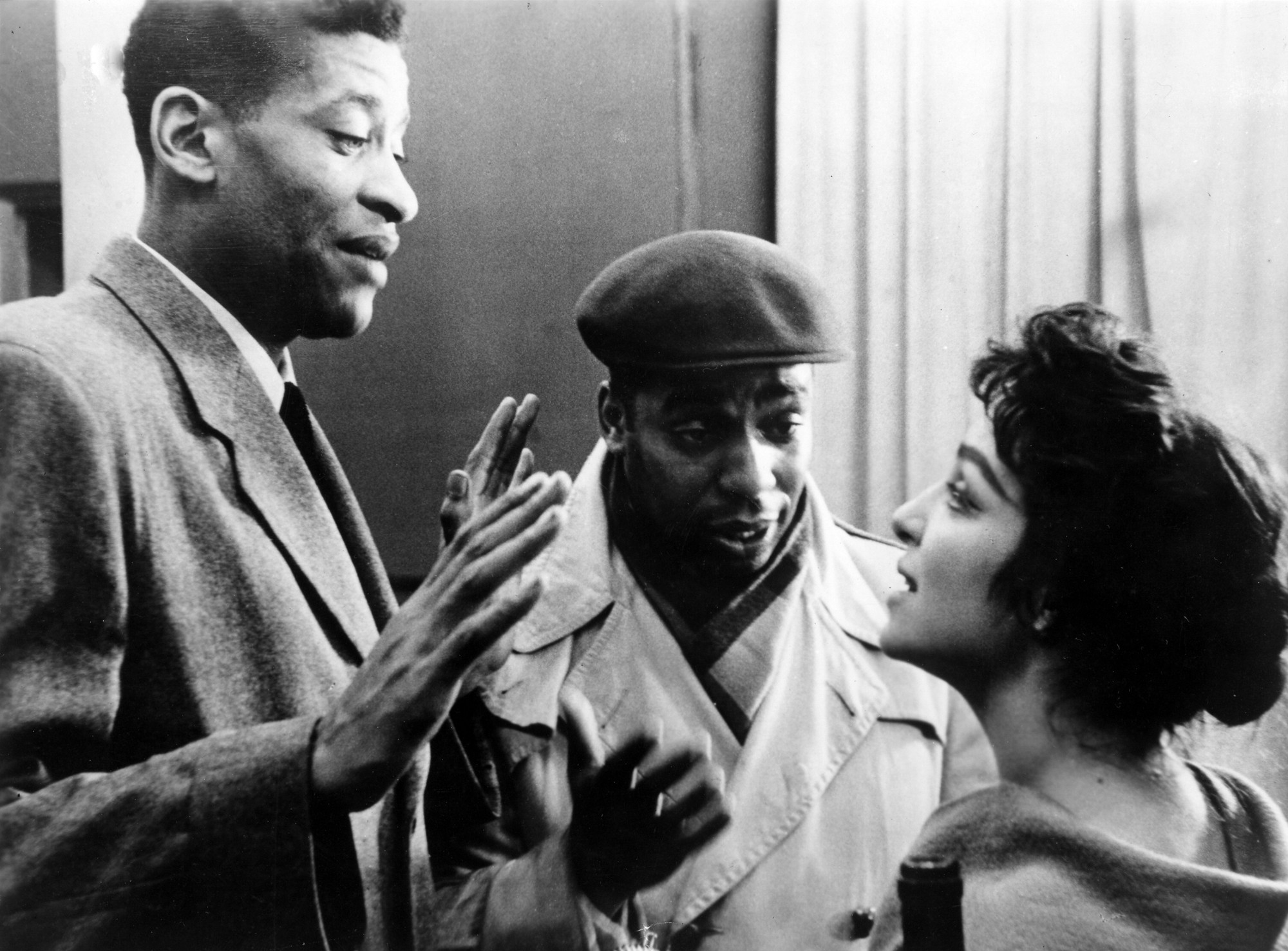
Due to the nature of this style of filmmaking, writers, and directors were able to explore “small feelings” that big-budget studios usually repressed. (( Ankeny, Jason. “John Cassavete.” Allmovie.com. Accessed 2 April 2023. )) Many of Cassavetes’ films revolved around complex characters whose internal struggles were not easily understood and focused on relationships rather than plots.
Mumblecore winners of the Film Independent Spirit John Cassavetes Award include Alex Holdridge’s In Search Of A Midnight Kiss (2008), Lynn Shelton’s Humpday (2009), and the Safdie brothers, Josh and Ben, Daddy Longlegs (2010).
Woody Allen’s New York City
Allen’s early works, like Annie Hall (1977) and Manhattan (1979), epitomized life in New York and influenced many artists, including Gerwig(( Kurutz, Steven. “How Do You Solve A Problem Like ‘Manhattan.’” Nytimes.com, 2018. Accessed 2 April 2023. )). Not only did his films validate New Yorkers’ experience, but they attracted artists from all over to the inherently inspirational beast that it was and is to this day.
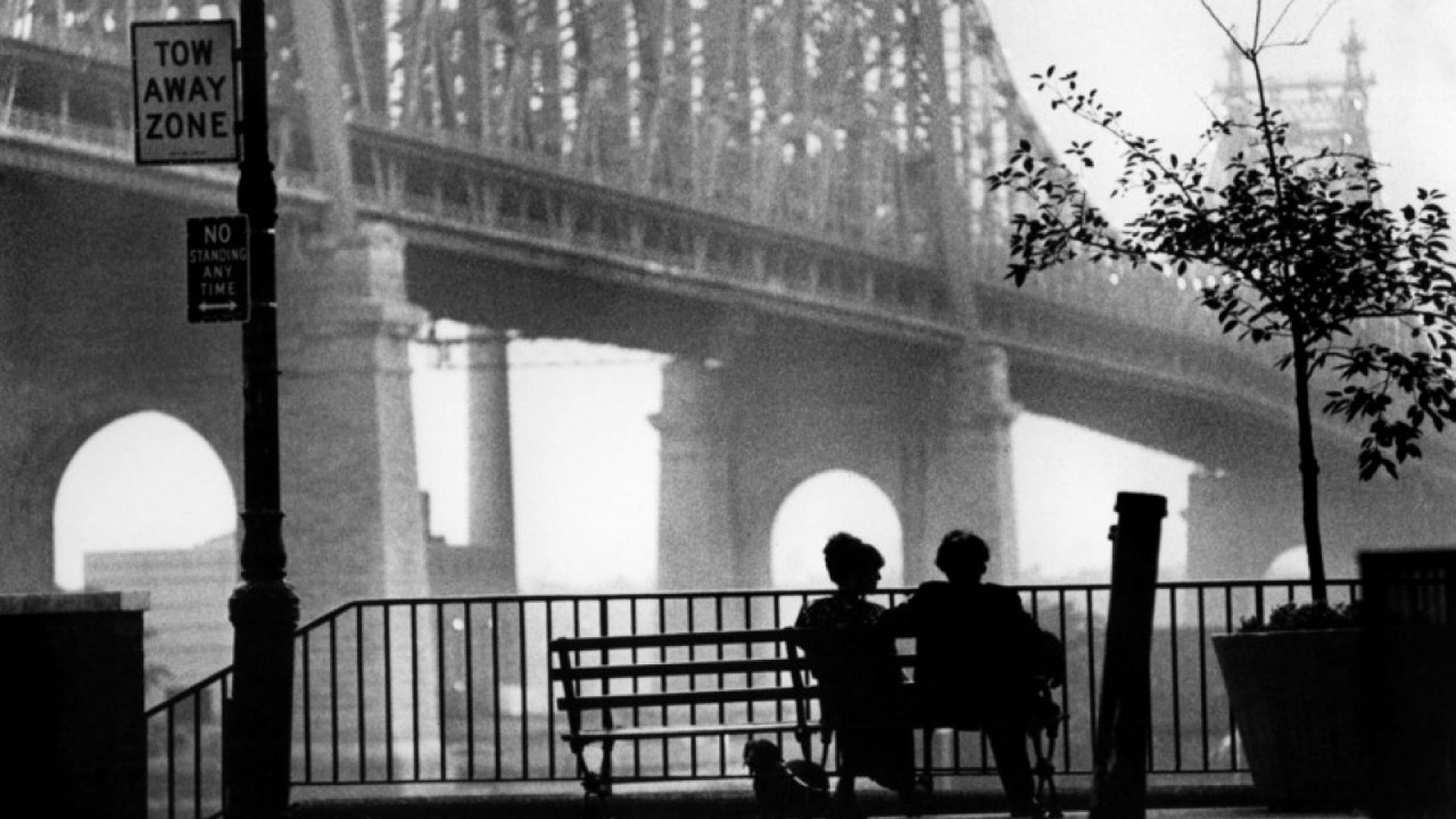
Despite later producing mainstream Hollywood films, Allen was a stark defender of the art of filmmaking remaining the in the hands of the artist. In 1987, Allen participated in the testimony against film corporations altering movies without the filmmakers’ consent. (( Allen, Woody. “True Colors.” Nybooks.com, 1987. Accessed 2 April 2023. )) If you are a fan of Woody Allen, consider checking out these mumblecore films: Lawrence Michael Levine’s Gabi On The Roof In July (2010), Adam Bower’s New Low (2010), and Noah Baumbach’s Frances Ha (2012).
Slacker (1990): Richard Stuart Linklater
Many film graduates dived head first into the independent film genre having grown up watching Richard Linklater’s Slacker (1990). The independent comedy-drama was filmed in 1989 with a shoestring budget of $23k.
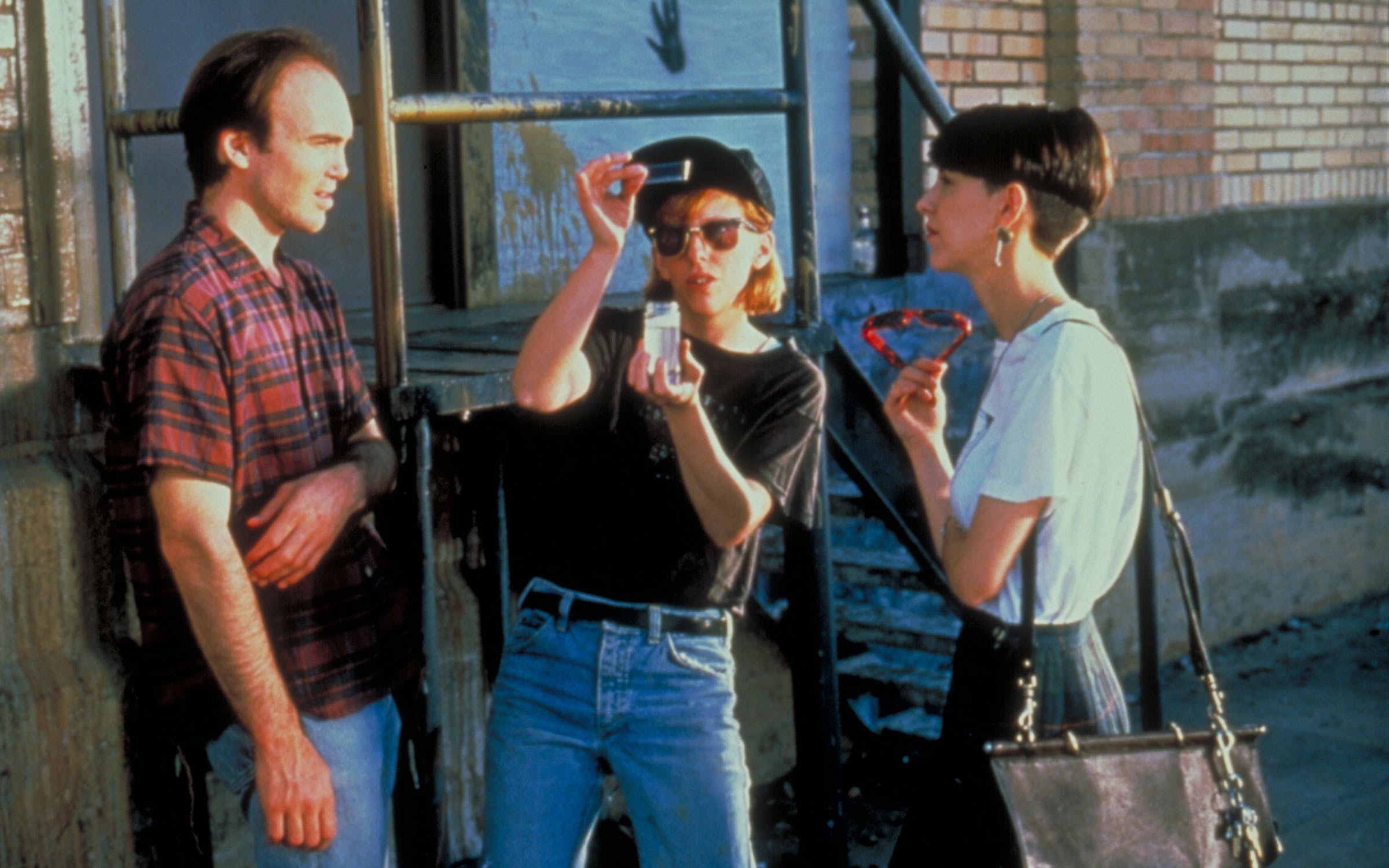
While its initial release was limited the Library of Congress would later enter the film into the United States Film Registry as a cult classic, “culturally, historically, and aesthetically significant.” (( King, Susan. “National Film Registry selects 25 films for preservation.” Latimes.com, 2012. Accessed 2 April 2023. )) Linklater had captured the day-to-day of a blossoming generation and filmmakers of the twenty-first century wanted to do the same.
Mumblecore: The Early Years (2002-2009)
Three years after Bujalski’s Funny Ha Ha (2002), the mumblecore movement, as it would later be known, took off. At the 2005 South by Southwest Film Festival (SXSW), Bujalski premiered his second film Mutual Appreciation (2005) alongside the directorial debuts of Joe Swanberg, Kissing On The Mouth (2005), and Mark and Jay Duplass’, The Puffy Chair (2005), all of which contributed to the mumblecore genre.
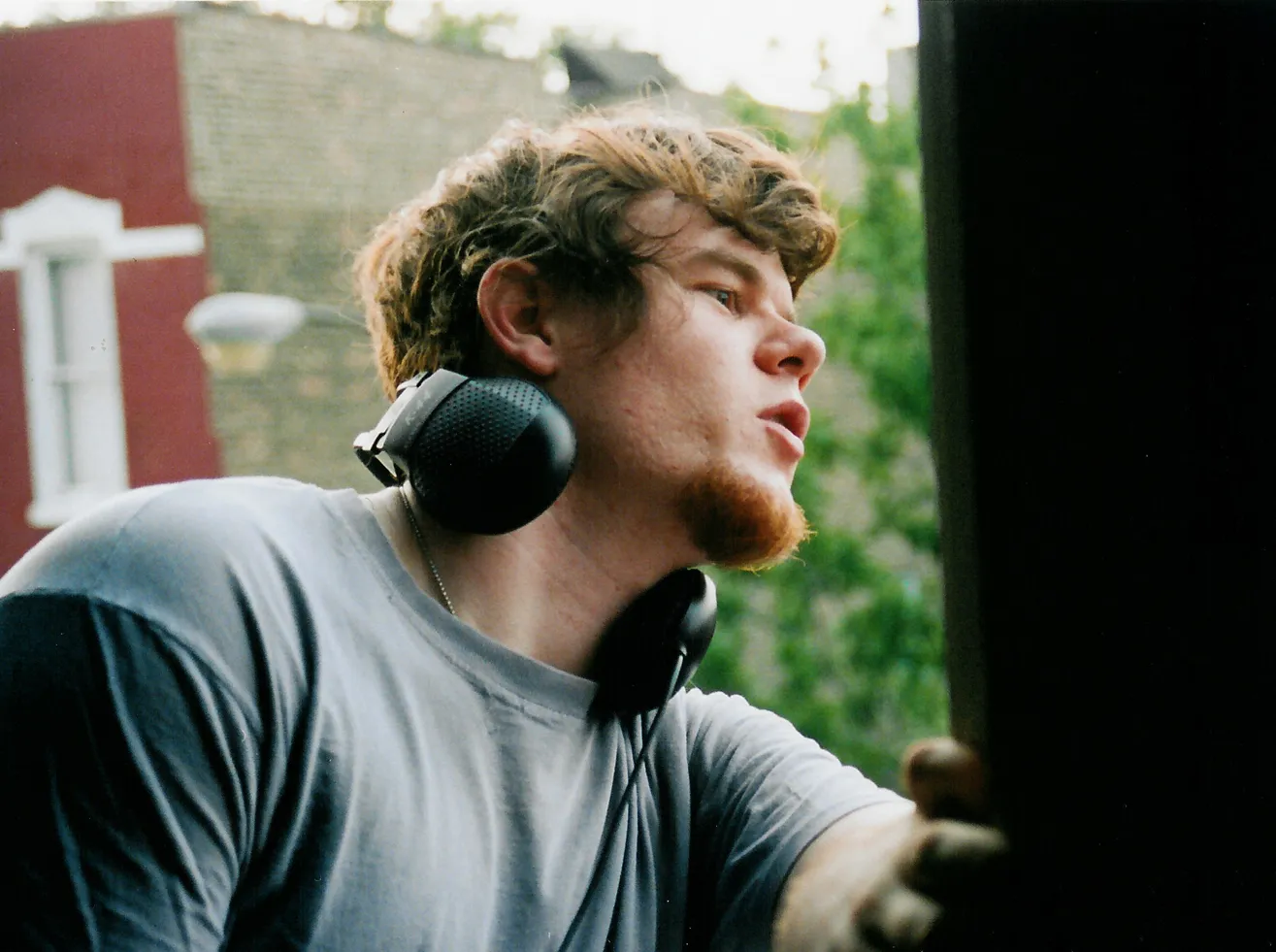
It was also at this festival that Bujalski would come to regret publicly using the term mumblecore for the first time after his sound editor Eric Masunaga sarcastically coined the term describing the three films. (( Gilbey, Ryan. “Mumblecore: ‘It was never a unified movement. There was no manifesto.’” Theguardian.com, 2013. Accessed 25 March 2023. ))
The Original Mumble-Crew
Swanberg, Bujalski and Mark Duplass would reunite in a small Chicago apartment to participate in Swanberg’s third feature Hannah Takes the Stairs (2007). Joining them was Greta Gerwig, who had recently starred in Swanberg’s second feature LOL (2006), and newcomers Ry Russo-Young and Kent Osborne. The group lived together in a small apartment where they were also filming with a Panasonic 24 Frame video camera and a $20k budget. (( Herbert, Andrea. “Speak Up!” Theguardian.com, 2007. Accessed 26 March 2023. ))

Aside from Swanberg’s loose outline, the film was completely improvised. “We’d get up in the morning, have breakfast together and say, ‘What do you wanna shoot today?’” Gerwig told The Guardian in 2010. “It was about shooting hundreds of hours of footage, then putting the most embarrassing stuff in the film.” Swanberg would spend the night editing the clips and the next day they would film based on the best clips from the day before. (( Gilbey, Ryan. “Mumblecore: ‘It was never a unified movement. There was no manifesto.’” Theguardian.com, 2013. Accessed 25 March 2023. ))
Swanberg, as credited director, admitted that everyone was involved in assembling the film and that he never told any of the actors what to say, “Everything that came out of their mouth was stuff that they were creating, and the shape that the movie took was because of that.” (( Dawson, Nick. “Joe Swanberg: Hannah Takes The Stairs.” Filmmakermagazine.com, 2007. Accessed 25 March 2023. ))

The six of them would take this experience and run with it, collaborating with each other in future features and pulling more filmmakers into the movement. Swanberg and Gerwig would co-direct Nights and Weekends (2008), Gerwig’s official directorial debut. Jay and Mark Duplass would write and direct comedy horror Baghead (2008), which would later be considered mumblegore, starring Gerwig. While Ry Russo-Young would debut her first feature-length film Orphans (2007) followed by You Won’t Miss Me (2008) which won Best Film Not Playing at a Theater Near You.
The Magic Of Mumblecore
For all the groaning about mumblecore not being a unified movement, it did not seem to stop the gravitational pull of the genre. Young filmmakers began to see the magic in mumblecore: the creative liberties, and the success that followed the original “Slackavetes.”
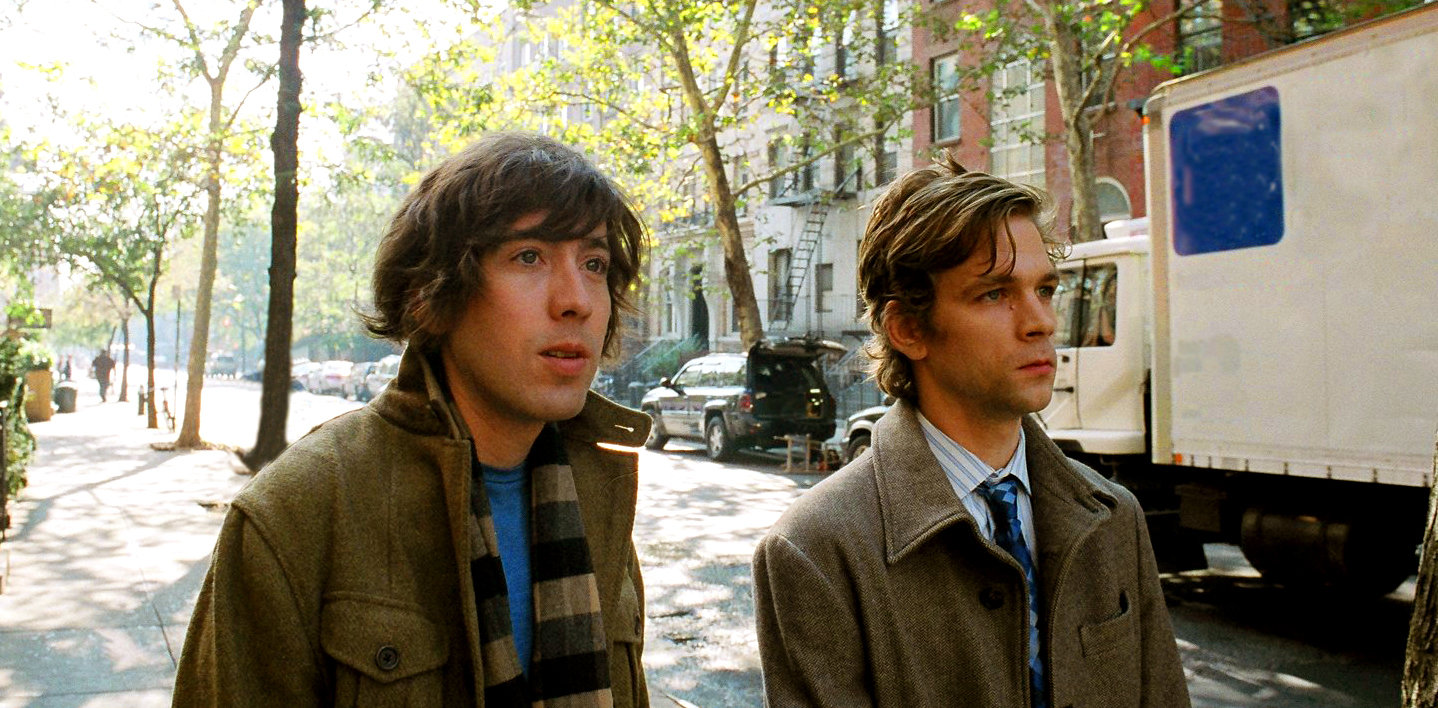
The mumblecore movement is also responsible for the youngest filmmaker to write, direct, and edit a feature-length film, Johnathan Blitstein. At twenty-three Blitstein scrapped together $99k to produce Let Them Chirp Awhile (2007) in only eighteen days and edited it in forty-seven on his twelve-inch MacBook. Each scene was shot in one to two takes since he and his skeleton crew made up of him film school friends, weren’t sure if they would be able to afford more film. (( Laemmle. “Let Them Chirp Awhile.” Laemmle.com. Accessed 27 March 2023. ))
Even Oscar-winning Berry Jenkins, known for directing three-time Oscar-winning Moonlight (2016) and If Beale Street Could Talk (2018), got swept up in the movement. Inspired by Swanberg’s LOL (2006), Jenkins tried his hand at DIY low-budget filmmaking for his second feature film Medicine For Melancholy (2009). (( Hernandez, Eugene. “‘Medicine For Melancholy’ Director Berry Jenkins.” Indiewire.com, 2008. Accessed 27 March 2023. ))
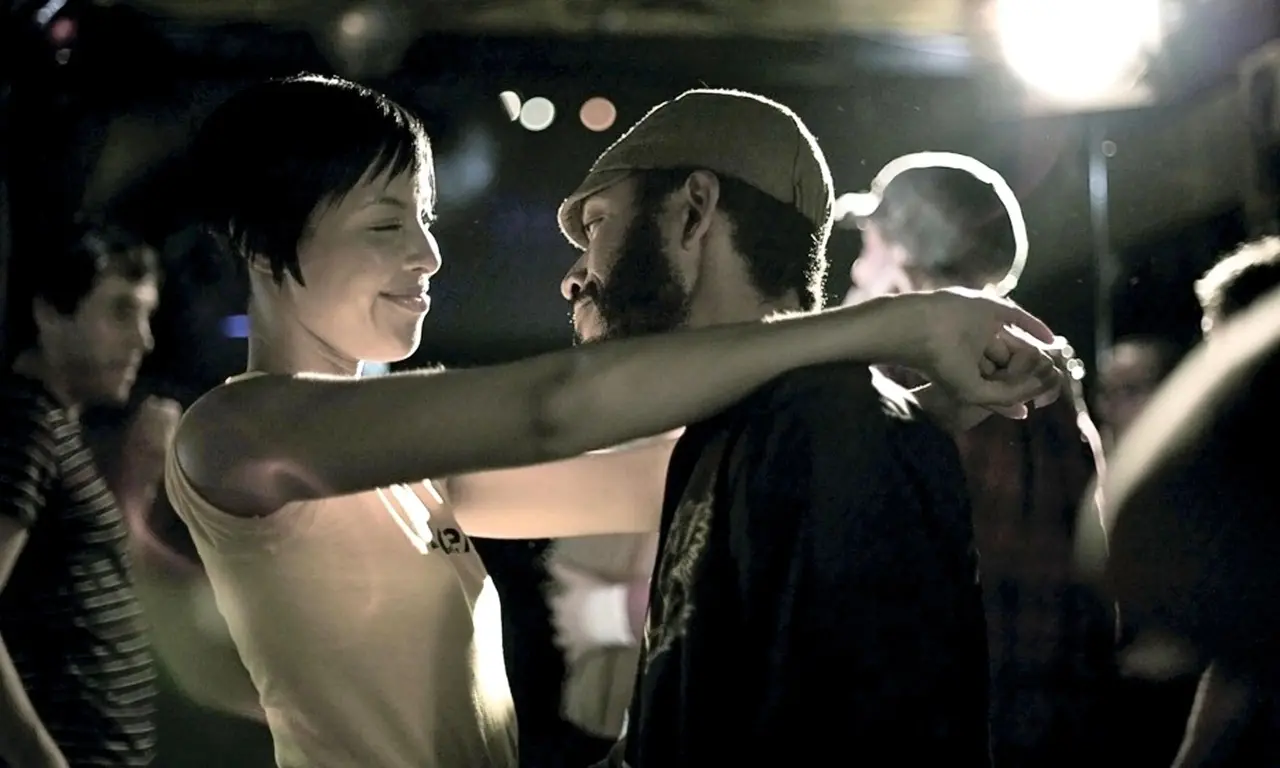
The film follows two strangers walking the streets of San Francisco getting to know each other, while intermittently discussing gentrification and their differentiating feelings towards being a part of a marginalized Black community. (( Stephenson, Will. “Where’s The Next Film, Berry?” Thefader.com, 2016. Accessed 27 March 2023. )) Jenkins leaves his own profound mark on his film by completely desaturating each clip except when his characters are not thinking about race or gentrification. (( Lim, Dennis. “With ‘Medicine for Melancholy,‘ Berry Jenkins Examines Race and a Future Beyond It.” Nytimes.com, 2009. Accessed 27 March 2023. ))
Post-Mumblecore (2010-2018)
The evolution of mumblecore splits in two at the end of the decade. Established mumblecore filmmakers gaining success from the indie circuit began filming with million-dollar budgets, while still bringing the realism and fluid structure of mumblecore to the studios. The last film to be considered mumblecore comes from the godfather himself, Bujalski’s Support the Girls (2018).
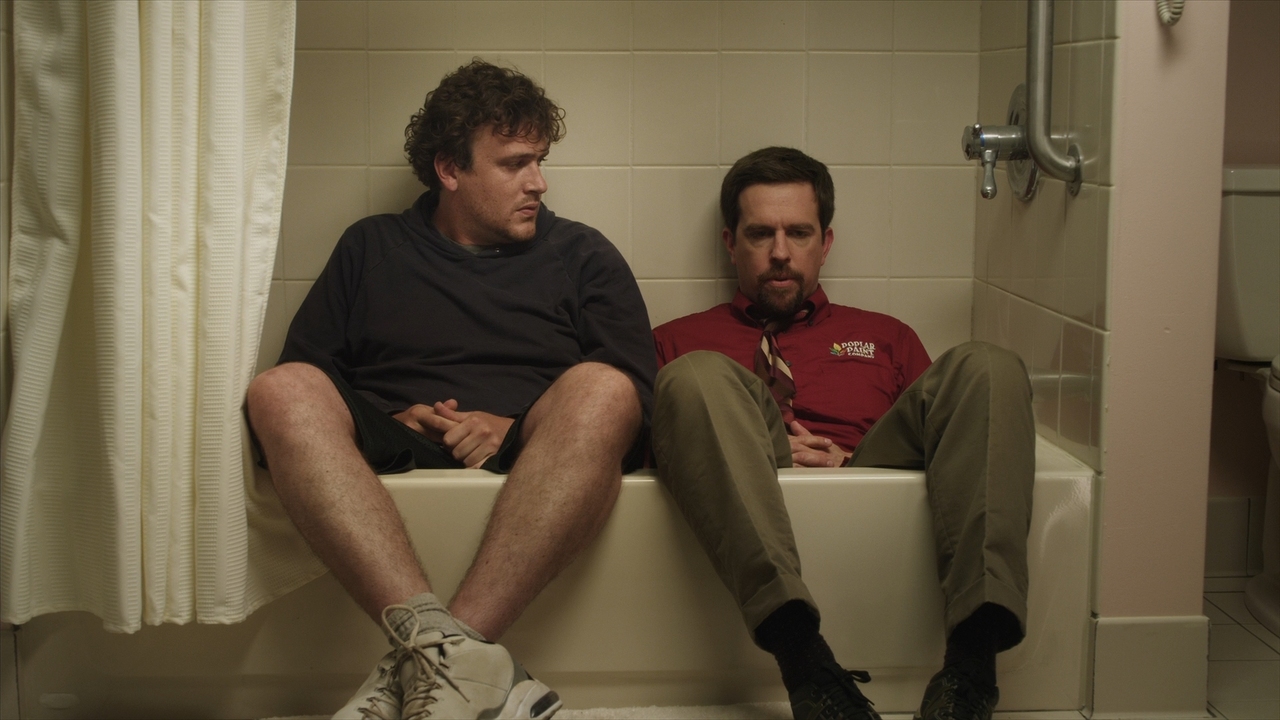
The Duplass brothers’ film Cyrus (2010) and Jeff, Who Lives at Home (2011) each with $7 million (( The Numbers. “Cyrus (2010).” The-numbers.com. Accessed 27 March 2013. )) budgets and top bill actors, John C. Reilly, Catherine Keener, Susan Sarandon, and Jason Segel. After which, they entered the world of television, writing, directing and producing HBO shows Togetherness (2015-2016) and Room 104 (2017-2020). Although the brothers abandoned a few of the mumblecore aspects, their creations continue to be dialogue-driven, slice-of-life comedies.
As for Swanberg, you might be familiar with his last two mumblecore-inspired features Drinking Buddies (2013), staring Olivia Wilde and Jake Johnson from New Girl (2011-2018), and Happy Christmas (2014) with entirely improvised dialogue, (( Radish, Cristina. “Joe Swanberg Talks HAPPY CHRISTMAS, Casting Anna Kendrick, Shooting on 16mm Film, Shaping the Story in the Editing Room, and His Future Films.” Collider.com, 2014. Accessed 27 March 2023. )) staring Anna Kendrick and Lena Dunham.
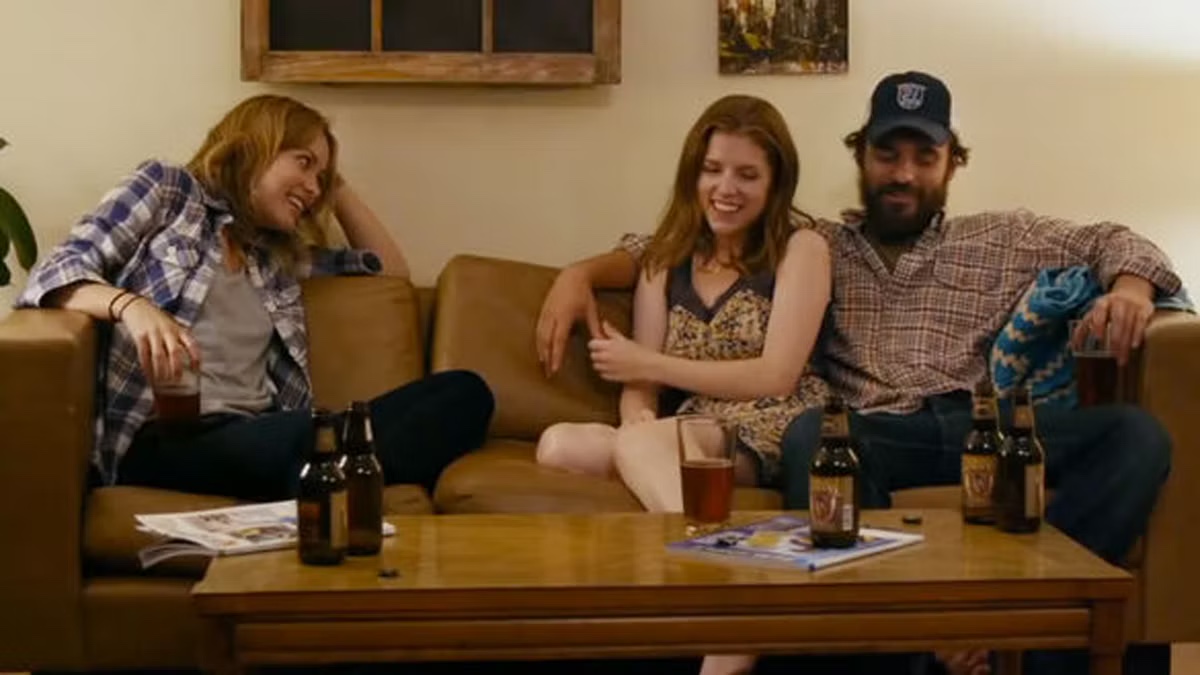
Before her breakout Hollywood features, Lady Bird (2012) and Little Women (2019), Gerwig collaborated with seasoned filmmaker Noah Baumbach to write, mumblecore masterpiece, Frances Ha (2012). Baumbach was no stranger to the movement, having been the creative consultant for Swanberg’s Alexander The Last (2009). (( Hernandez, Eugene. “Privacy & Intimacy Explored in Swanberg’s “Alexander” (Interview + Trailer).” Indiewire.com, 2009. Accessed 27 March 2023. ))
Despite Frances Ha having a $3 million budget, the majority of those funds were used to travel outside of New York to film in Sacramento, California and Paris, France, (( Beames, Robert. “Interview: Noah Baumbach – Frances Ha.” Whatculture.com, 2013. Accessed 26 March 2023. )) leaving little for production. That being said, the black-and-white comedy of a young artist trying to make it in New York emulates the characteristics of mumblecore at their finest.
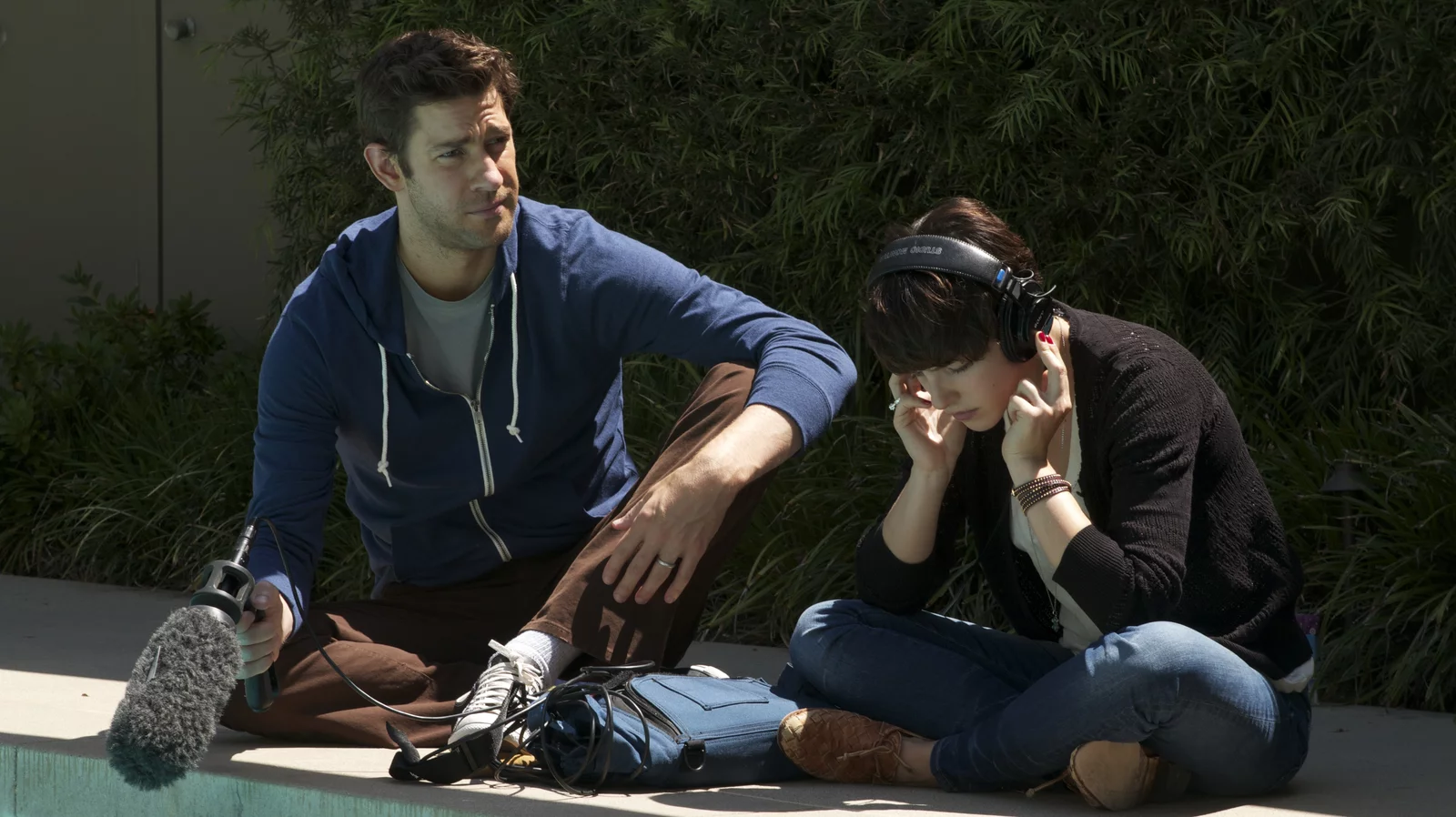
Ry Russo-Young’s last contribution to mumblecore was Nobody Walks (2012), which she co-wrote with Lena Dunham. After this, she directed Before I Fall (2017) based on the novel of the same name, and The Sun Is Also a Star (2019), each with budgets way over a million dollars. Russo – Young is currently gearing up for her next major motion picture, partnering with Paramount Pictures. (( Busch, Anita. Female Director Scorecard: Paramount Pictures Gears Up; ‘Nightlife’ Coming From Neal Moritz.” Deadline.com, 2018. Accessed 2 April 2023. ))
Second Wave of Slackavetes
The second wave of younger 90s-born millennials have picked up the mumblecore torch, with a fresh perspective and new outlook on life.

Lena Dunham, best known for creating and staring in the HBO series Girls (2012-2017) was first introduced to mumblecore starring in Gabi On The Roof In July (2010). After this, Dunham wrote, directed, and starred in her mumblecore directorial debut Tiny Furniture (2010). The film had a $66k budget and starred her own sister, Grace Dunham. This would be the introduction of Dunham’s writing, which garnered her Best First Screenplay, along with SXSW’s Chicken & Egg Emergent Narrative Woman Director Award and Best Narrative Feature. Her second major project Girls (2012-2017) cemented the filmmaker and writer as one of the prominent voices of her generation.
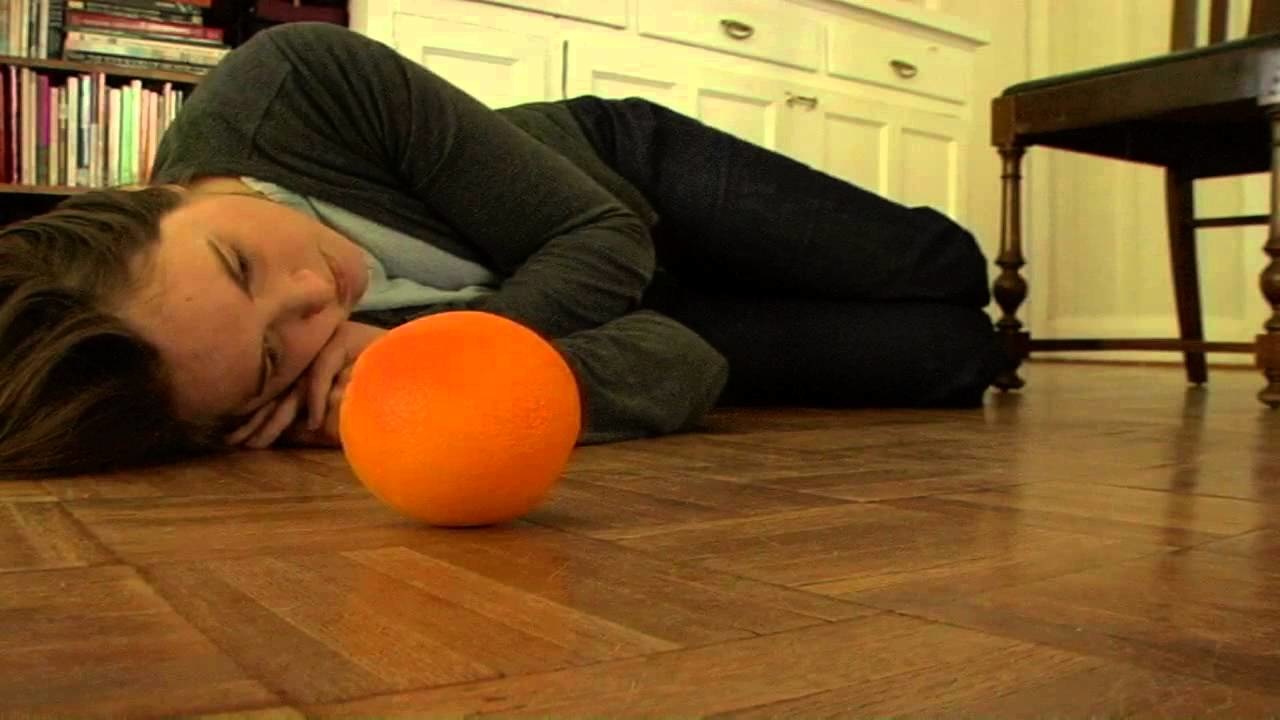
At the other end of the spectrum, we have Horam Kim, who wrote and co-directed the poetic romantic comedy-drama, I Love You, Apple, I Love You, Orange (2013), with his co-star Lori Anne Smithey. The feature-length film took eight years to complete and consisted of stop-motion talking fruit and a talking ham. The ingenuity of the film and its little dance between comedy, misery, and love showcases the true breadth of possibilities when you take filmmaking into your own hands.
In a similar spirit of inventiveness, writer and director Evan Glodell built his own camera exclusively for his debut film Bellflower (2011). Dealing with a micro-budget, the director attached bellows to his Silicon Imaging SI-2K Mini Digital camera, as well as vintage camera parts and Russian lenses (( Pavlus, John. “He made the film — and hand-made the camera.” NBCnews.com, 2011. Accessed 2 April 2023. )) to achieve the look he wanted.
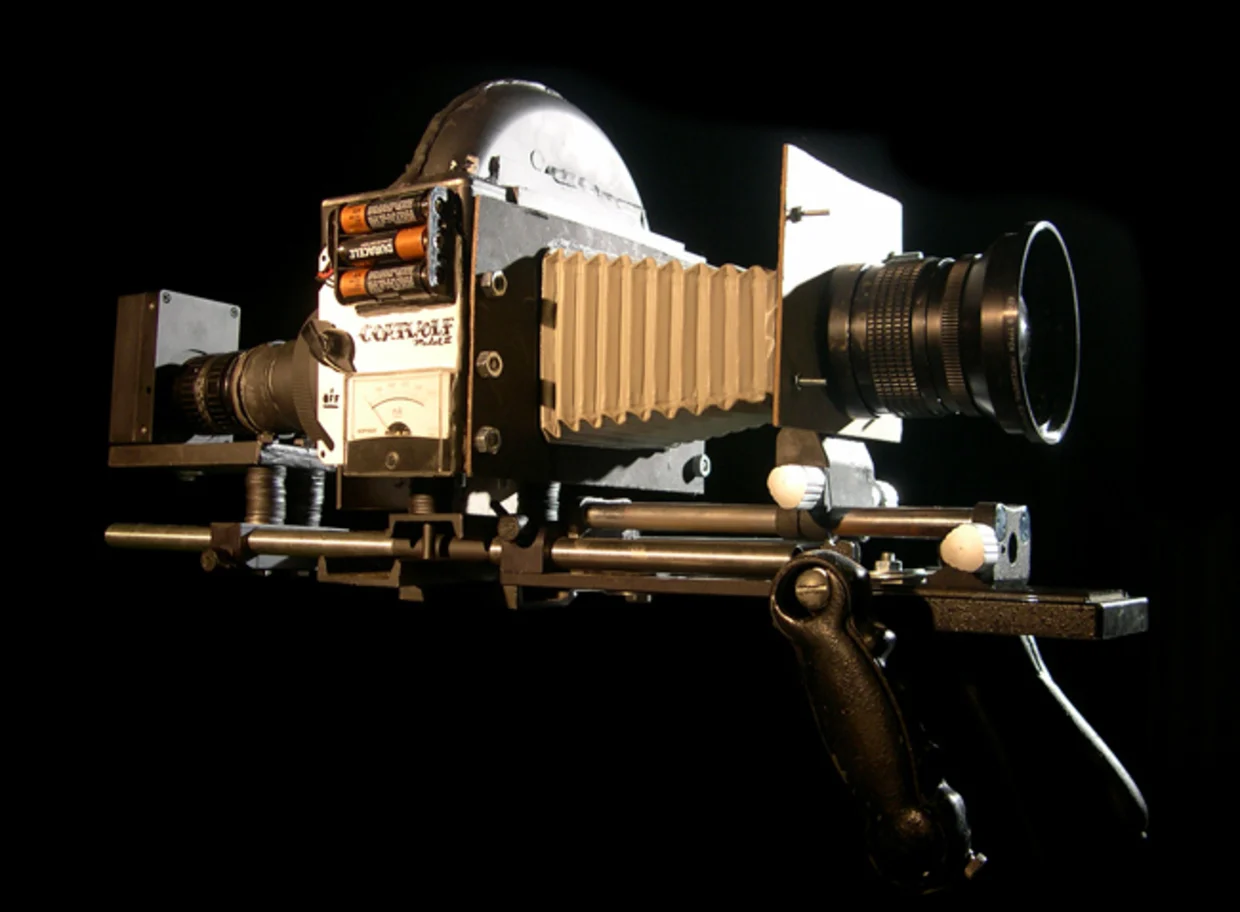
His resourcefulness awarded his film Best Experimental Film and Best Cinematography at the 2012 Film Independent Spirit Awards, along with four other awards. (( IMDB. “‘Bellflower’ (2012) Awards.” IMDb.com. Accessed 2 April 2023. ))
The Importance Of Mumblecore
Every new experience and every new generation brings new perspectives to enjoy or relate to. To assume the only movies that will do well are the ones that have already been done but with a small twist is a corporate fallacy.
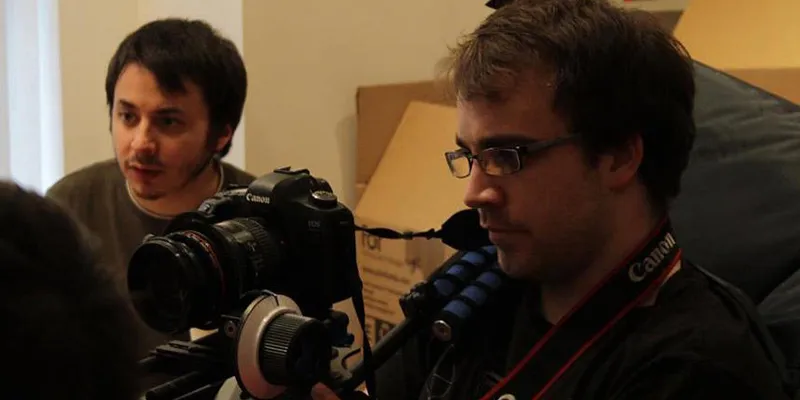
Not all, but most big studio productions seem lacking in one aspect or another; the dialogue is overly narrative, the characters are flat, or the plot falls short. The spark isn’t always there. More often than not, the million-dollar budgets are funneled into the big-name actors or the C.G.I., and depleted from the creative aspects of the movie. Gerwig said it best,
“Even crappy movies like [crappy big budget movie] — you know that really, really talented people worked on [. . .] I don’t understand how movies like that end up being bad.”
Gerwig (( Cardace, Sara. “Mumblecore Muse Greta Gerwig on ‘Nights and Weekends’ and the Ugly Side of Movie Sex.” Vulture.com, 2008. Accessed 26 March 2023. ))
The answer is obvious once you take a closer look at why these movies are being made. These are movies that stopped being produced as works of art and started being churned out as cash cows.
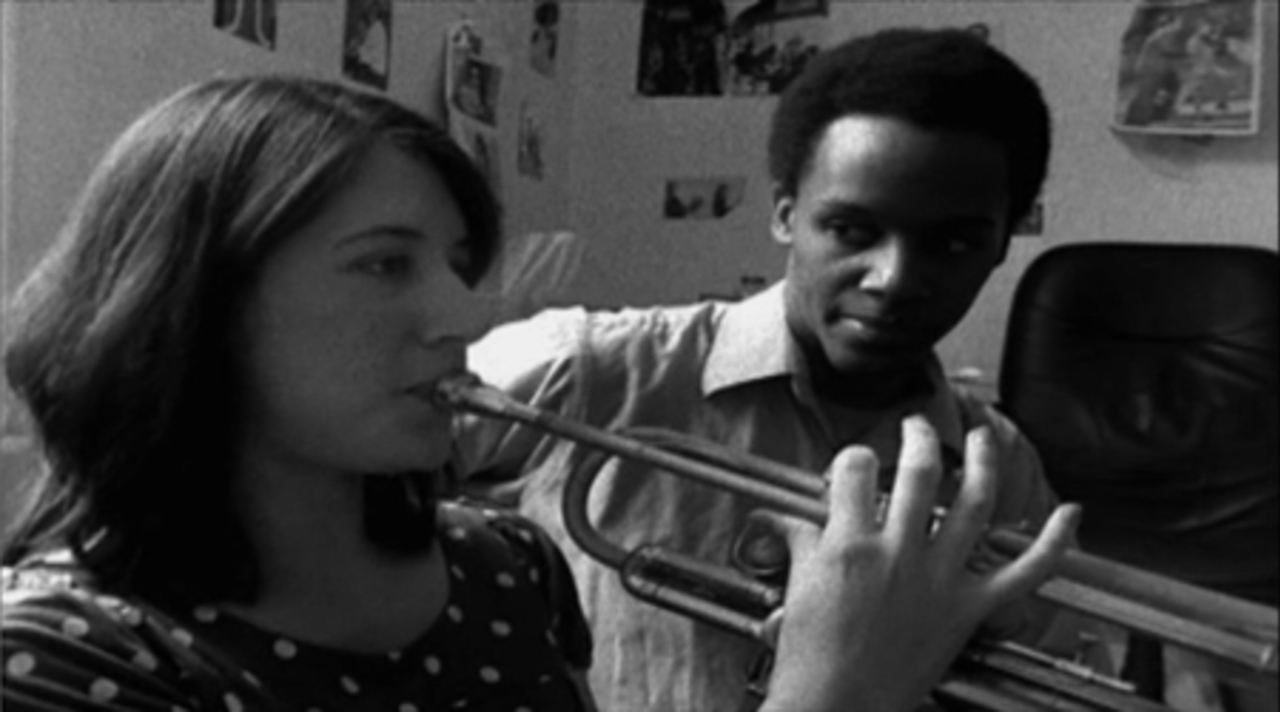
Movies are the culmination of every medium of art: acting, writing, dancing, singing, sculpting, photography, choreography, etc. Movies can represent the art of living, the art of fighting, the art of loving, and even the art of dying. Just like any art, the creation of movies should not be monopolized by major corporations that decide what will or will not be well received.
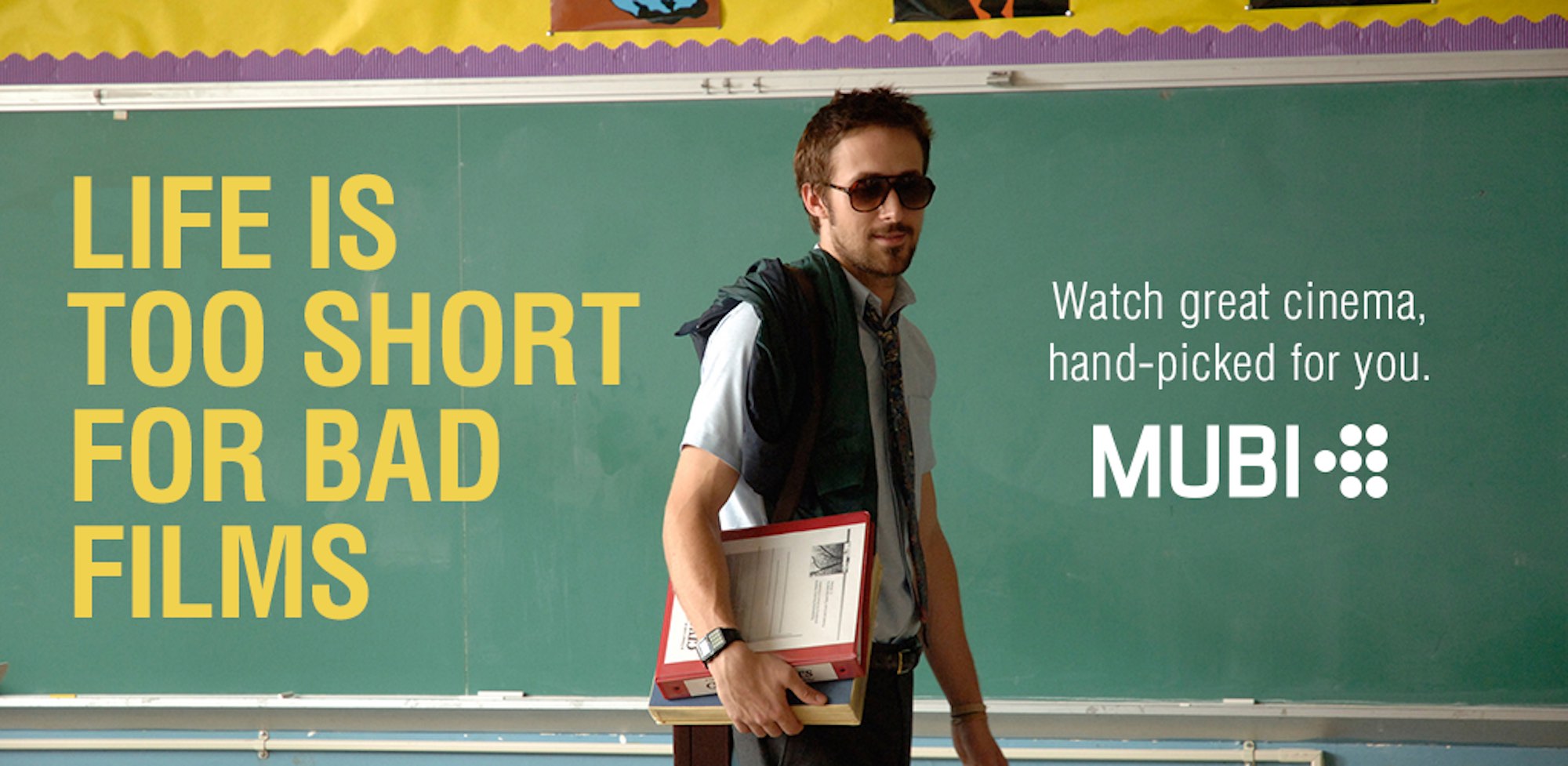
Even in this modern era of streaming services dominating cinema, independent film has managed to climb to its own heights. Streaming services such as MUBI offer subscribers hand-picked classics or new independent films from all over the world. First in the 50s, with Cassavetes films, again in the 70s, reignited by Allen’s black and white films, and finally in the new millennia. Mumblecore and all its previous iterations are more than movements, they are the spirit of film, the resurgence of the art from its dormant corporate state.
